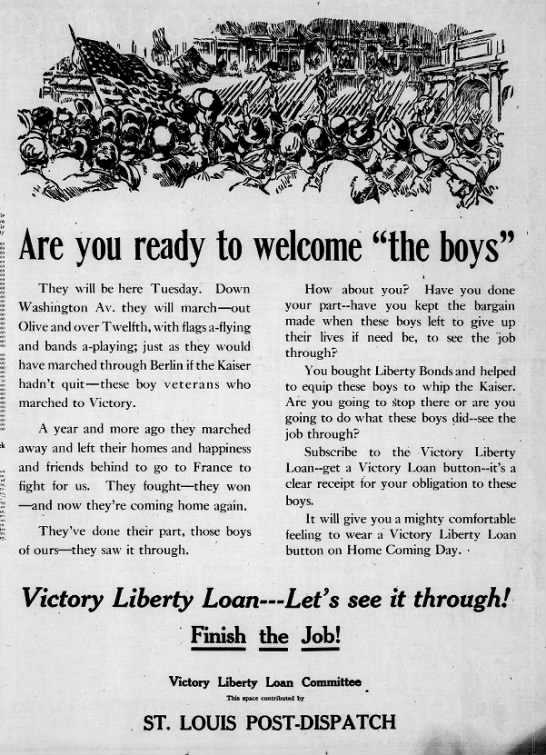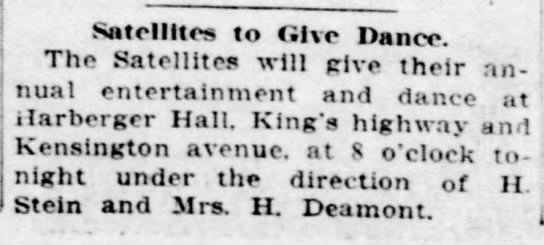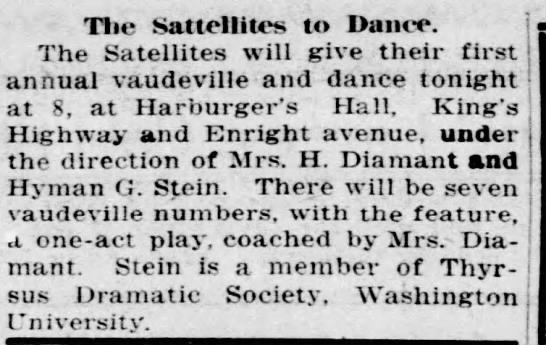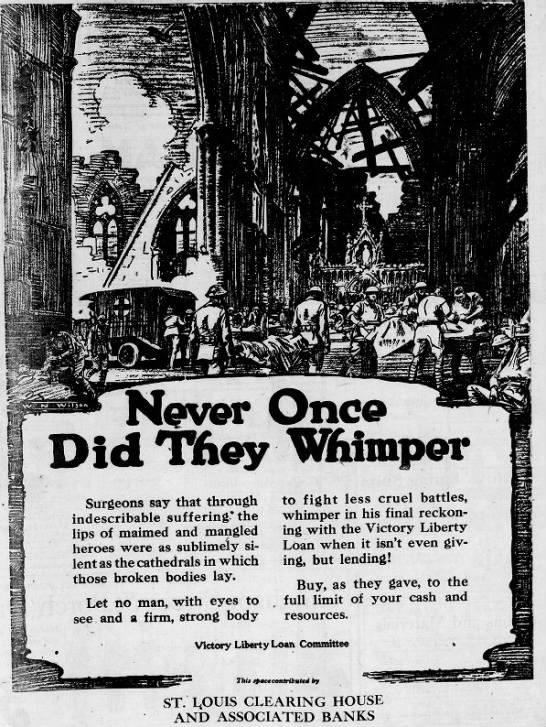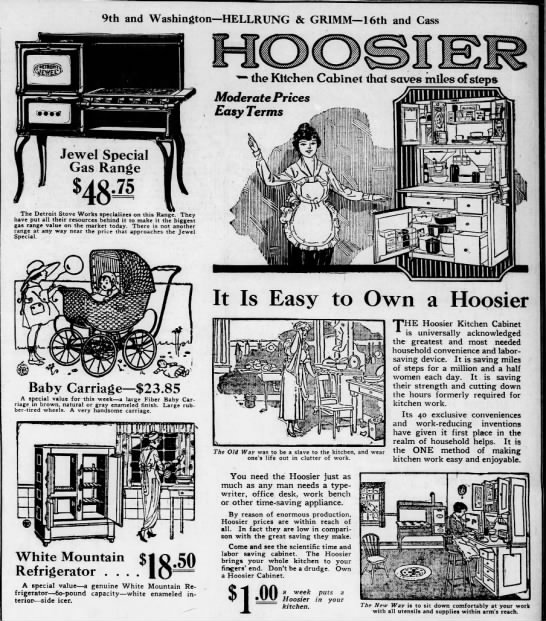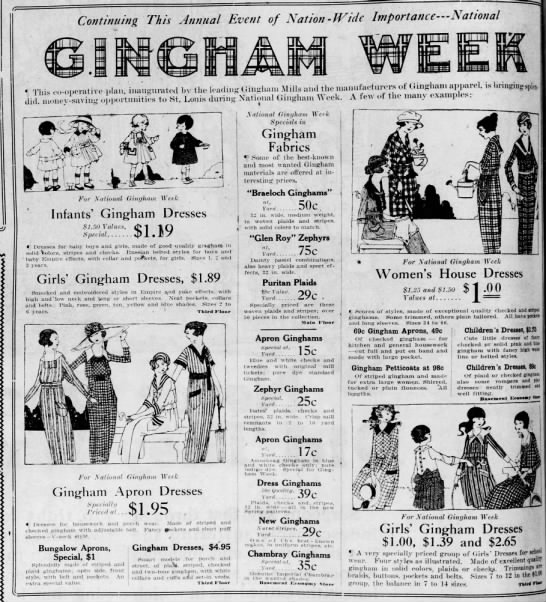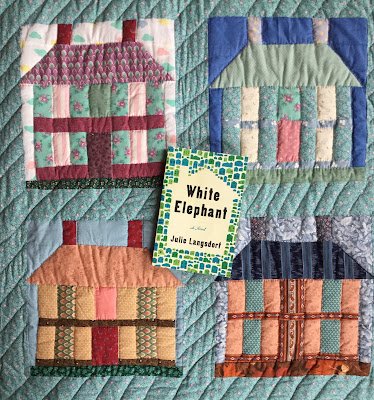I love the PBS series Grantchester. The main character, Sidney Chambers, is portrayed as a flawed man struggling with his faith and vocation. His becoming a priest has alienated him from his worldly friends who don't understand his choice. He must cope with the strictures of the organized church. He understands human frailty in others.
I have wanted to read the novels by James Runcie, and even bought the first book in the series but reviewing new books keeps me busy and it has languished in the TBR pile.
But now I am not sorry because I can start at the very beginning with Runcie's newest novel in the series, a prequel titled The Road to Grantchester.
How did the attractive, intelligent, lover of jazz end up in the priesthood? This novel shows us the events and internal anguish that brought Sidney to change his life.
The first section of the novel begins with Sidney and his London friends enjoying theater and fancy dinners and dancing. A quick jump five years later finds Sidney on a transport ship to Salerno. He is with his best friend from university, Robert Kendall, and Freddie Hawthorne, a theatrical star. These bright young men are thrown into bloody battle, Sidney set to being a sniper. They experience the destruction and misery of war.
The Episcopal priest Rev Nev is with the soldiers. "What does a priest do in the midst of this?" a friend asks him."I believe there is no higher calling than to be a priest in the service of God and God's people; to offer some kind of stability in a bewildered world," he explains. The soldiers are more than bewildered for the evil of war feels overwhelming and faith in a loving God flees. The men contend daily with mud and cold, seeing their comrades shattered and dying, and they long for the simple pleasures of clean dry clothes and a hot bath. And they wonder what it is like to have no enemy. The pleasant days of dancing with Amanda Kendall is a distant memory.
They arrive at the Gustav Line, a flooded valley without cover which they must cross. Then they must climb Monte Cassino with enemy fire raining down from the monastery at the top where the Nazis have buried in. During the battle, Robert Kendall dies, leaving a heartbroken Sidney with survivor's guilt and questions of culpability.
It is Rev Nev who helps Sidney, explaining the mystery of faith in a broken world. At war's end, Sidney realizes it is grace that he needs. His friends note the change in him. Oh dear, Freddie exclaims, either you've had too much to drink or you really have got religion.
I know about these battlefield faith experiences from my friend Floyd Erickson, a WWII veteran who was in the 10th Mountain Division. They were in Italy and had to climb Monte Belvedere at night. While advancing across the Po Valley in the foothills of the Apennines, his best friend was killed in a blast that left Floyd permanently deaf in one ear. While under fire, Floyd prayed to God for protection, offering a lifetime of service if he survived. Floyd made it home and changed his life. I knew him as a revered family man and leader in the local church. (Read more here.)
Part Two follows Sidney back home to England to face Robert's grieving family. Amanda can't reconcile a loving God with her brother's death. Sidney's family has expectations for his post-war career. Sidney lives with Robert's ghost and can't move on with his life.
While Amanda and Sid's other friends only want to forget the war and have fun, Sidney finds that kind of life deadly and meaningless. He longs for a life with purpose. It's more than depression that ails Sidney--he is searching for peace and purpose. He continues to turn to Rev Nev for spiritual guidance.
"I need to change my life," Sidney explains to Amanda. And in Part Three, Sidney explores his faith and a vocation as a priest.
There is a lot of God talk and faith talk in the novel. It is after all about Sidney's journey to the priesthood. I discovered that Runcie's father was Archbishop of Canterbury which explains the depth and realism of Sidney's journey. The rejection suffered from friends is also realistic. Amanda is unable to accept Sidney's choice and accepts the proposal from another man. I love that Freddie, who is gay, is the one friend who seems to 'get' Sidney and supports his decision.
Several episodes show Sidney's ability to understand people and know how best to counsel them and illustrate his native ability to notice what others don't see, both traits important to his ability to solve puzzles and crimes.
My favorite scene is Sidney's ordination which takes place in the ruins of Coventry Cathedral. A charred cross "symbolizes determination, survival, and above all, the possibility of Resurrection." He is presented with a cross made of nails gleaned from the ruined cathedral.
The symbolism is vivid. Britain has suffered greatly, the world is broken. In taking orders, Sidney dedicates his life to the rebuilding of faith and hope in a devastated people. From these ruins, he is to raise up God's love to light the path forward. Sidney is trying to heal himself. He trusts he will also become a vehicle of healing to his flock.
I was impressed with Runcie's ability to show Sidney's path to his vocation, from the hard to read horror of war to the emptiness of frivolous pleasure, the questionings and embracing the mystery, and the bafflement of old friends who stereotype the priesthood.
I received a free ebook from the publisher in exchange for a fair and unbiased review.
The Road to Grantchester
by James Runcie
Bloomsbury USA
Pub Date 07 May 2019
ISBN 9781635570588
PRICE $28.00 (USD) hardbound











